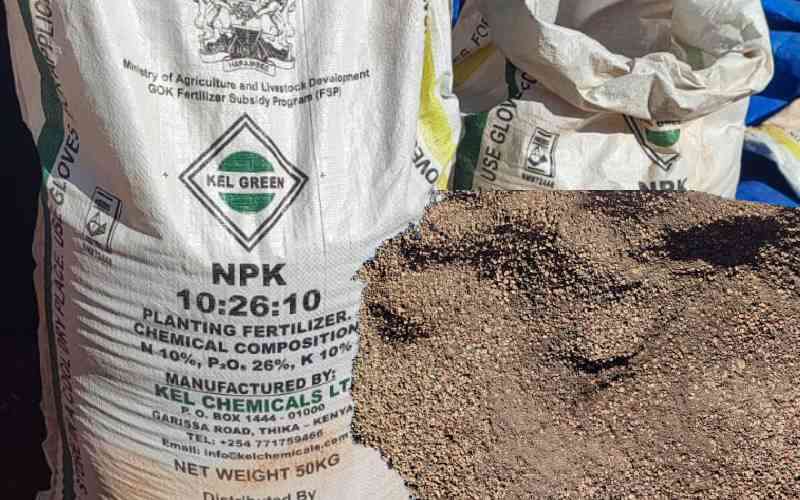Last week, we drove to Embu for the installation of Prof Paul Musili Wambua as chancellor of the University of Embu. I was thrilled that such a profound leader would now be in the driver’s seat of the young and promising university - Congratulations! My thrill was, however, disturbed when we drove past a small village near Sagana known as “munoa mana”.
The village’s name means ‘one who labours in vain’ in Kamba. This caused me to reflect deeply about the hundreds of rice farmers that we journeyed through Mwea. Many were spreading their rice and husks beside the road to dry and hopefully entice motorists to stop and purchase. Most farmers looked worn out and beaten, like their labours were definitely in vain.
Mwea’s farmers should be a critical part of Kenya’s middle class because their rice constitutes more than eighty percent of locally produced rice, which in turn meets less than a third of Kenya’s rice demand of 540,000 metric tonnes per year. To fill the demand gap, Kenya imports at least 70 per cent of the rice it needs, mainly from Pakistan. Does it make sense that every time seven out of 10 Kenyans purchase rice, most of that money ends up in Pakistan instead of Mwea, Ahero or Tana Delta regions?
Isn’t it telling that although Kenya’s rice production has tripled in the last seven years to nearly 150,000 tonnes in 2015, the rice farmers’ revenue hasn’t tripled? For us to change this unfortunate scenario, we need to produce more locally, import less and ensure that rice farmers will be the key beneficiaries of this changed equation.
In 2014, the government took concrete steps to revise the National Rice Development Strategy of 2008 to involve our devolution system. This Strategy seeks to double rice production by 2018. To do this, the strategy rightly notes that in the post-harvesting phase, cutting, threshing, winnowing, drying, storage, milling, grading and packaging should all be dully mechanized and handled in technologically optimal fashion. The Strategy further emphasizes that development of rice varieties, ‘will be oriented towards consumer demand to enhance domestic market.’
To objectify this strategy and pull rice farmers into tangible abundance, I suggest we dissuade ourselves off our addiction to imported rice with an attitude.
Our current lopsided importation of rice is only benefiting a few individuals at the expense of local farmers. This must urgently stop and we endure the pain that will result because, no pain, no gain. This pain of temporary rice scarcity may force public and private sector players in the rice sector to respond by truly doubling rice production by 2018. If we do this, Kenya’s rice farmers in general and Mwea’s in particular will never have to labour in vain. Think Green, Act green!
 The Standard Group Plc is a
multi-media organization with investments in media platforms spanning newspaper
print operations, television, radio broadcasting, digital and online services. The
Standard Group is recognized as a leading multi-media house in Kenya with a key
influence in matters of national and international interest.
The Standard Group Plc is a
multi-media organization with investments in media platforms spanning newspaper
print operations, television, radio broadcasting, digital and online services. The
Standard Group is recognized as a leading multi-media house in Kenya with a key
influence in matters of national and international interest.
 The Standard Group Plc is a
multi-media organization with investments in media platforms spanning newspaper
print operations, television, radio broadcasting, digital and online services. The
Standard Group is recognized as a leading multi-media house in Kenya with a key
influence in matters of national and international interest.
The Standard Group Plc is a
multi-media organization with investments in media platforms spanning newspaper
print operations, television, radio broadcasting, digital and online services. The
Standard Group is recognized as a leading multi-media house in Kenya with a key
influence in matters of national and international interest.









